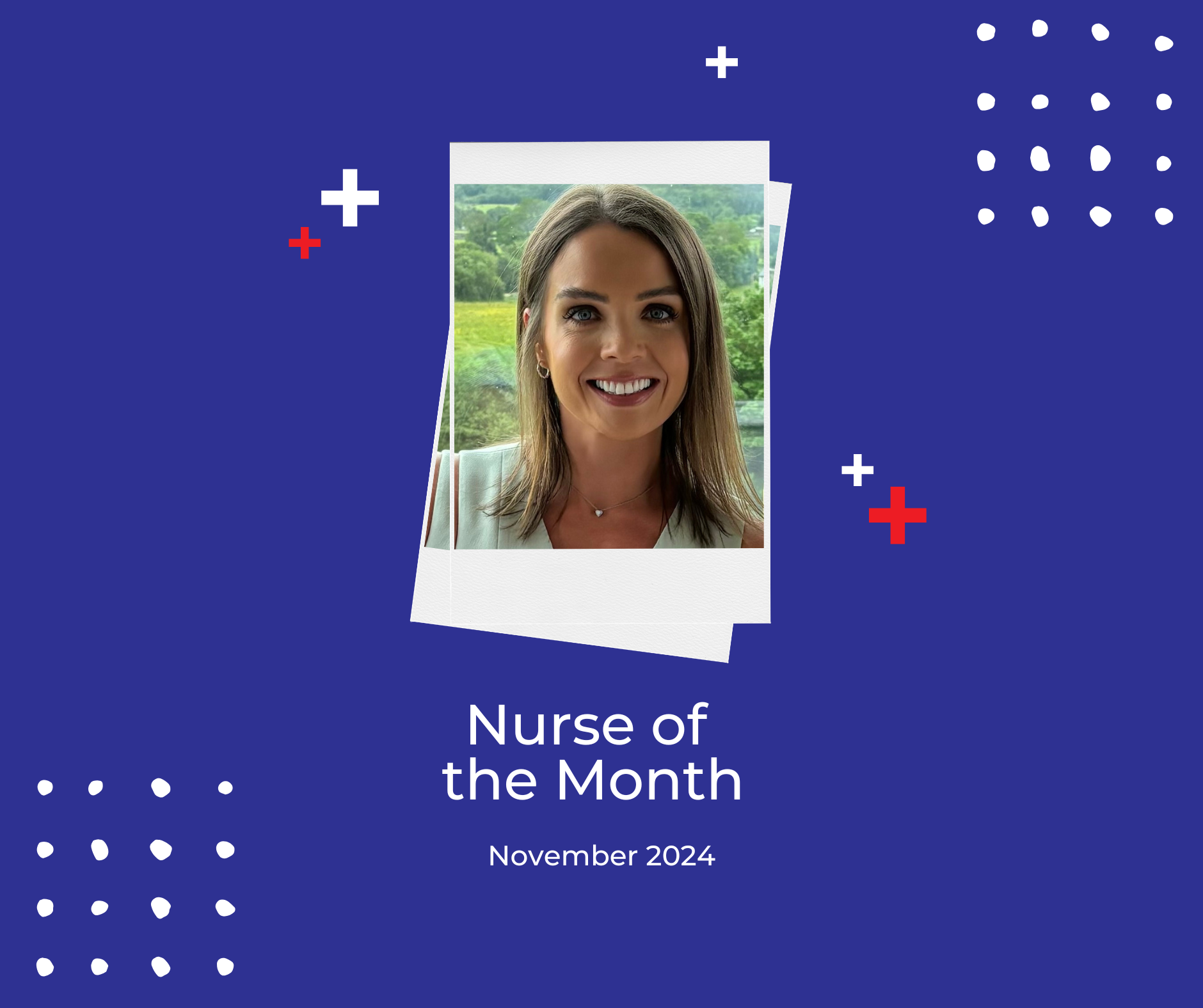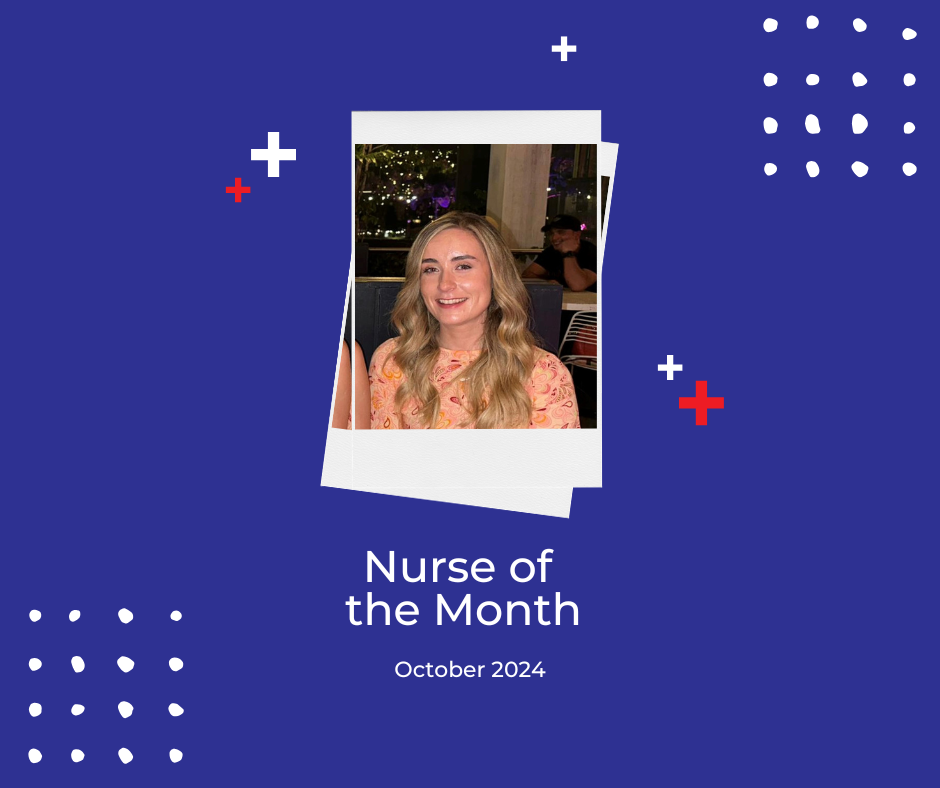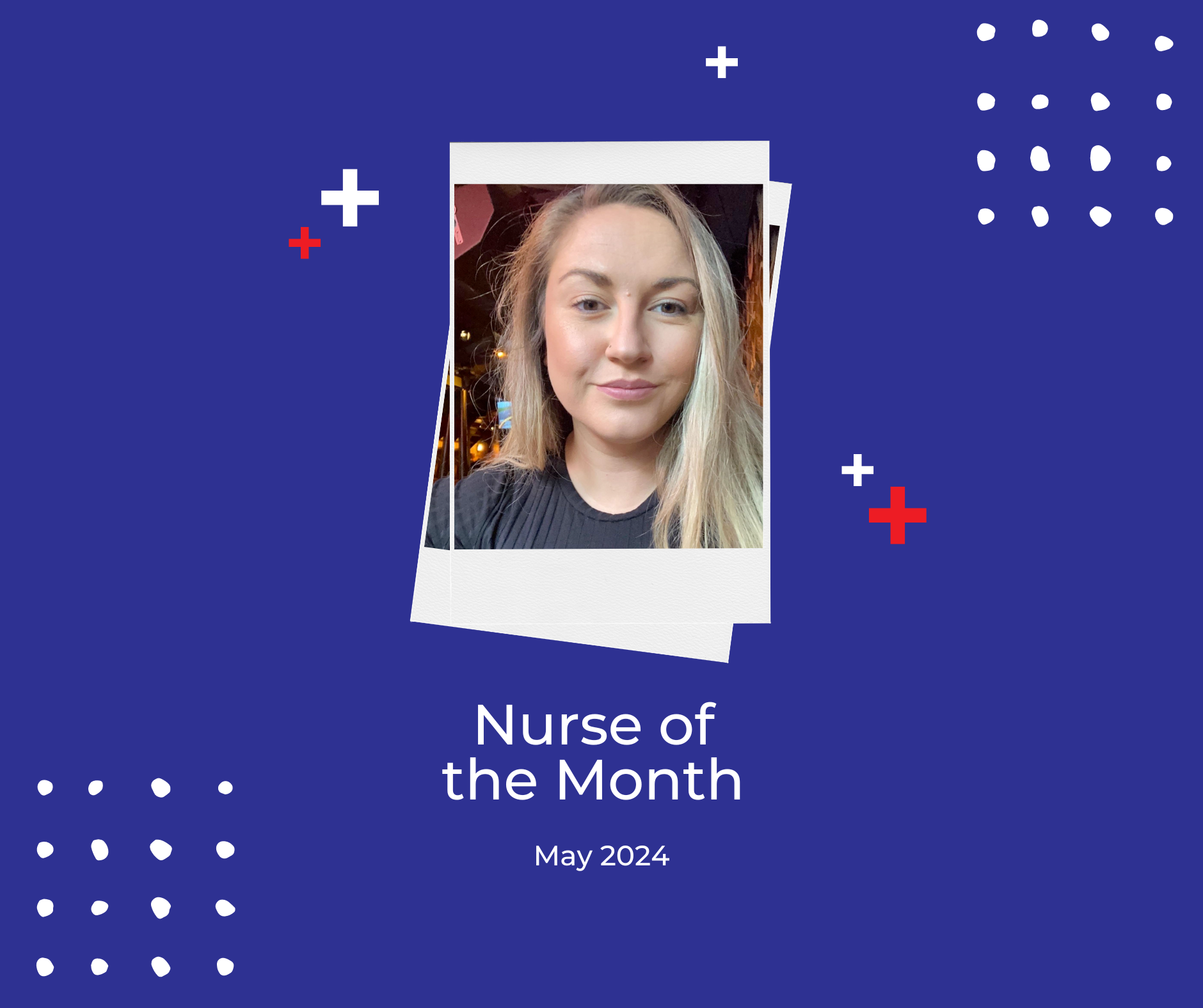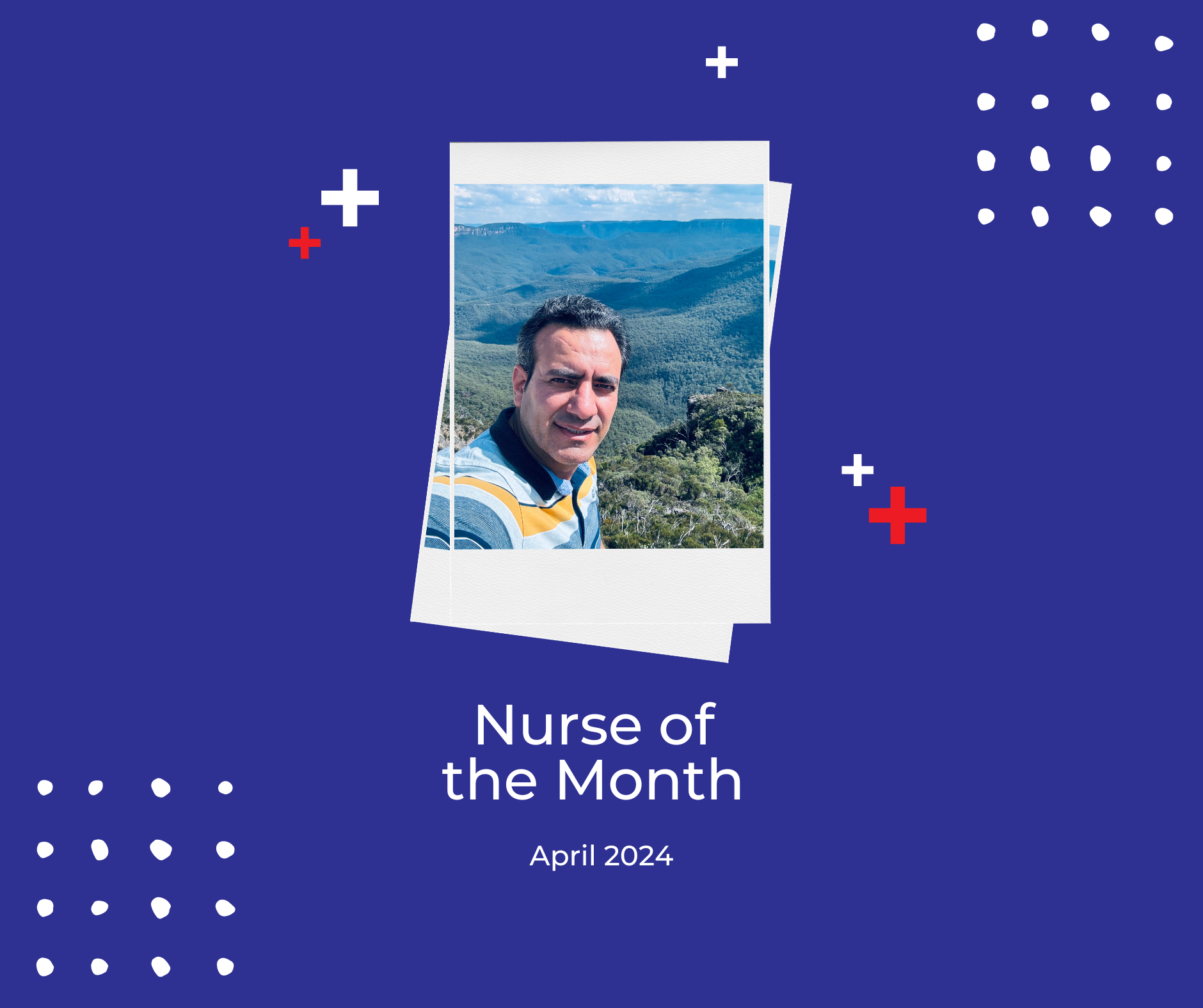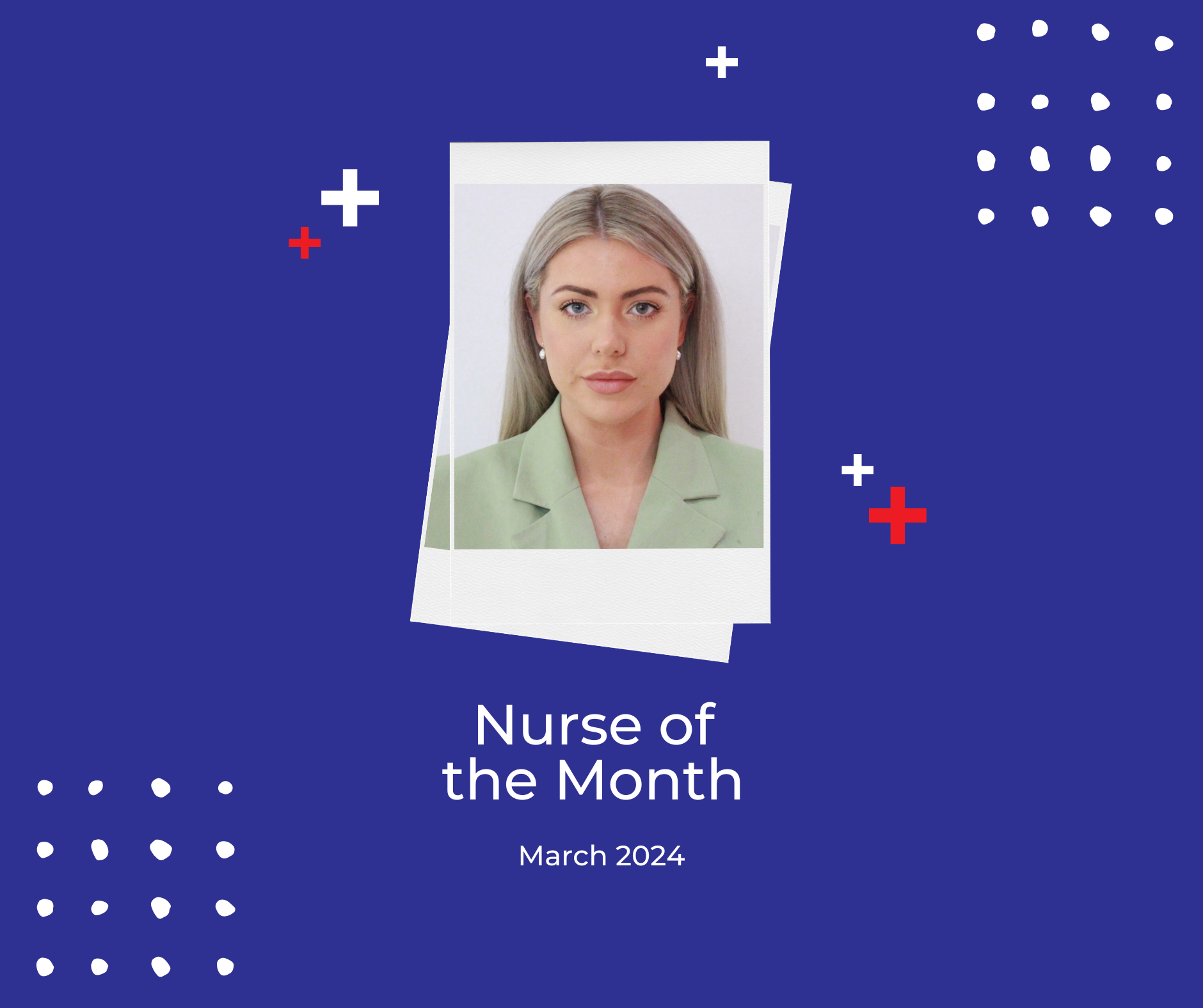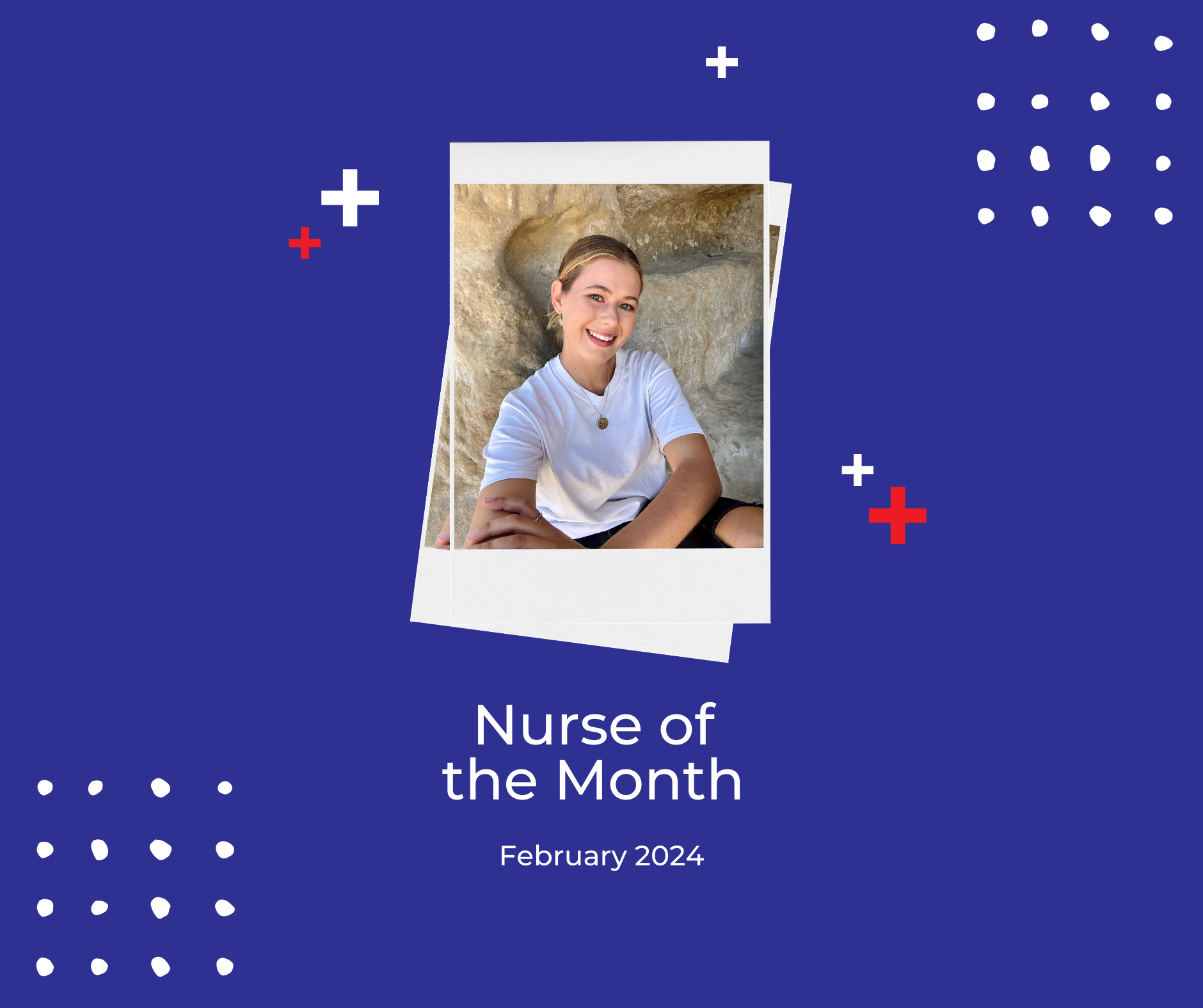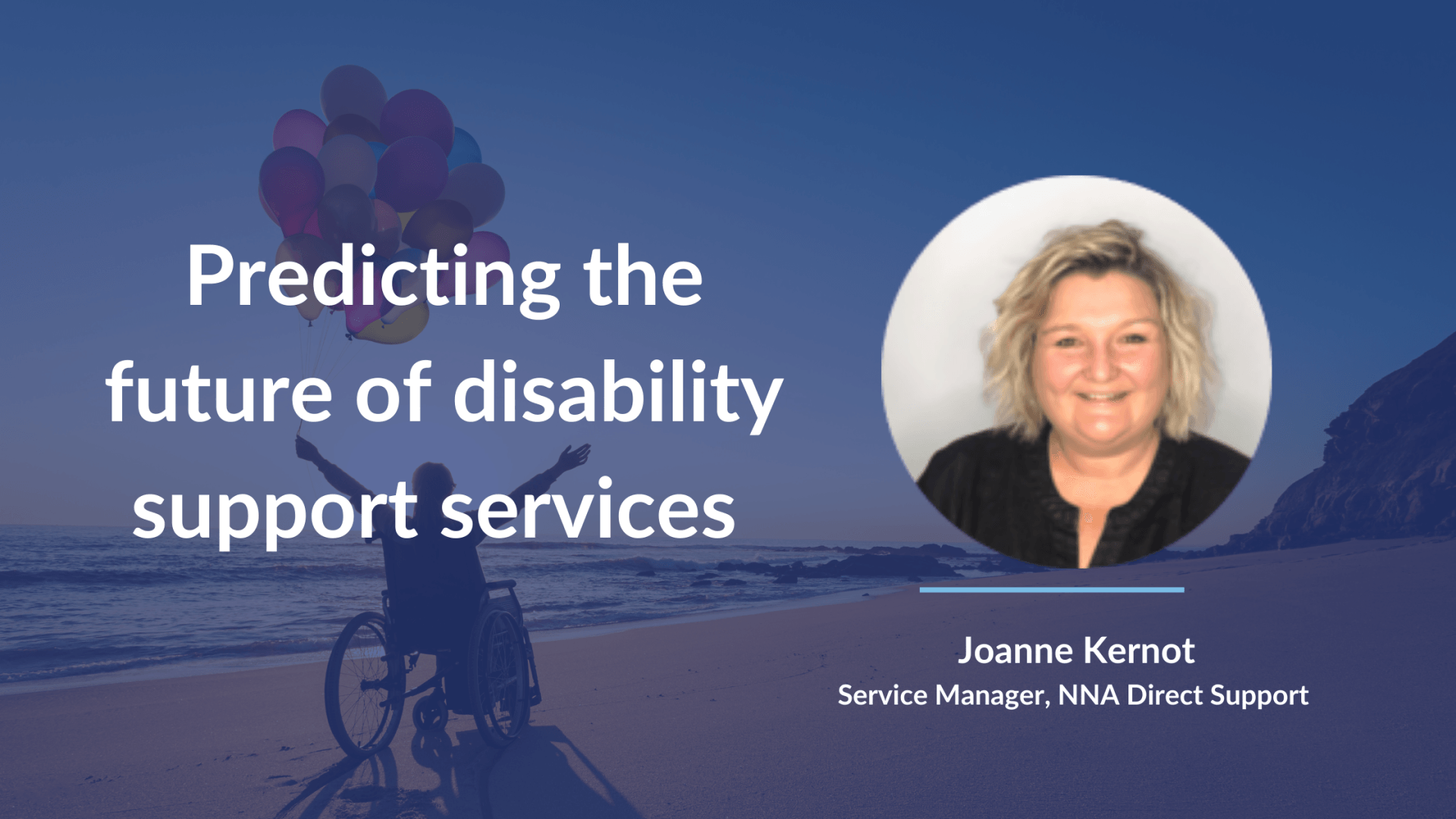Predicting the future of disability support services: A Service Manager's take
This is a very exciting time to be leading a team, and indeed to be working in the disability sector.
After what feels like much more than 7 years since the scheme commenced the roll-out of the much-awaited (and long overdue) NDIS we are seeing years of work from the grassroots to the highest tiers of Government begin to pay off in big ways, and the momentum in the sector has only grown as a result.
Whilst not everything is perfect and there is still much work to be done to say I’m feeling positive and hopeful would be an understatement. All of the hard work, agitating and advocacy of people with a disability, their families, advocates and service providers is finally delivering tangible change on every level from legislative to technology and it's wonderful to be part of this era of unprecedented change.
Based on what has happened and what is happening right now here are my top 6 future predictions in disability support.
1. The continued growth of home-based support. While certainly accelerated by COVID, there is a wider trend of individuals choosing to move away from group supports, particularly in large facilities.
2. Stronger support relationships: Building on the above trend of increased demand for home-based support there’s a strong push for establishing regular Support Workers and building robust relationships with those support people. Relationship building focuses on customer-first service as the primary goal, and again, in the current COVID climate, provides a much safer option by limiting the number of interactions with different people. The hope is that this more personalised and person-centred support will lead to skill development and opportunities, which as we move out of COVID restrictions, will see participants engaging more in their local communities and building more natural support networks.
3. Technology which enables customer directed choices to book and match with support workers seamlessly has arrived and is here to stay. Optional accessible apps like NNA Direct Support’s Edge Creations places the control in the palm of the hand of the participant providing a simple and easy way of finding and engaging a Support Worker.
4. Customer-first service delivery as a key focus. Providing ways for greater control and choice moving forward, and increased ways to deliver that choice. This incorporates increased quality and safeguarding, ensuring that people purchasing supports have ways to confirm they are receiving the supports they are paying for, as well as independent checks to ensure providers are delivering quality supports. This is one space to definitely watch!
5. Greater NDIS plan flexibility. In the wake of 2019’s Tune Review which found elements of the NDIS Act were far too rigid, a raft of changes were proposed to be adopted including, more information for participants to support how to engage with the NDIS (like applying to the NDIS and accessing funds), and increasing transparency and limiting wait times on NDIA decisions. Importantly, there are already plans to offer greater flexibility around how participants can spend the funds in plans, with a commitment to make Core and Capacity Building funds flexible. This would really open up the ability for participants to get the supports they need when they need them. Again, more to come here, so stay tuned.
6. Annual health reviews. Australians with disability were found to be three times more likely to delay seeing or not see a specialist because of cost, while two in five had difficulty physically accessing medical facilities and one in six experienced discriminations by health staff. Health is important because it enables a person to have a good life and maximise life expectancy. However, poor health or lack of access to healthcare makes it more difficult for other rights to be realised.
With NDIS participants wielding more control over how core funds are utilised, services such as NNA Direct Support’s NDIS nursing services can become proactive services which provide preventive supports and care planning, and therefore reduce, rather than increase support and increase participant’s overall wellbeing. This is a prediction I hope we see realised sooner rather than later.
